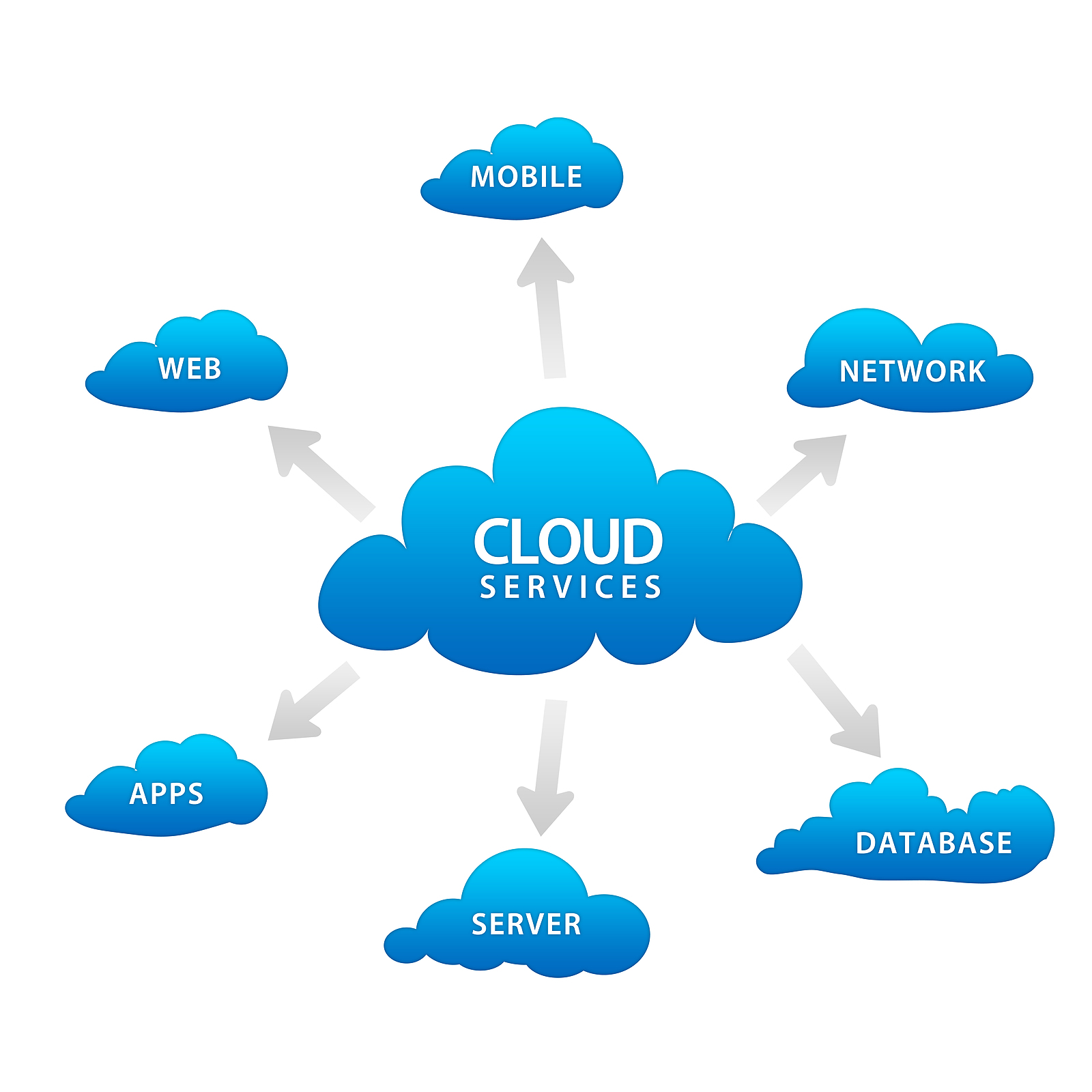Achieve Seamless Scalability With Cloud Solutions
In the ever-evolving landscape of cloud services, achieving seamless scalability stands as a cornerstone for contemporary companies looking for to stay competitive and adaptable. The quest for seamless scalability with cloud solutions unveils a globe of opportunities for those prepared to embrace the transformative power of dynamic resource administration.
Benefits of Cloud Scalability
Cloud scalability provides organizations the versatility to dynamically change resources based on need, making certain optimum efficiency and price effectiveness. Furthermore, cloud scalability advertises innovation and trial and error by permitting companies to easily evaluate brand-new ideas and scale them as required. Inevitably, the benefits of cloud scalability prolong beyond expense savings to incorporate better performance, dexterity, and advancement.
Key Attributes for Scaling
Efficient scaling in cloud services relies upon crucial functions that make it possible for organizations to adjust resources dynamically based on need. One important feature for scaling is flexibility, allowing resources to scale up or down in reaction to fluctuating work. This ensures that organizations can fulfill efficiency requirements without over-provisioning resources. An additional vital feature is scalability, enabling systems to manage raised workload by adding resources flawlessly. This feature is essential for accommodating growth without jeopardizing efficiency. Additionally, automation plays an essential role in scaling by automating the provisioning and de-provisioning of resources based upon predefined plans. Automation decreases human treatment, boosts efficiency, and makes certain fast action to transforming needs. Monitoring and analytics tools are likewise essential for scaling, offering insights right into source application, efficiency metrics, and possible bottlenecks. These tools enable organizations to enhance and make informed choices resource allocation for effective scaling. In general, these crucial attributes jointly encourage companies to attain smooth scalability in cloud services.
Implementing Auto-Scaling Strategies
To effectively optimize source allocation and adjust to varying workloads, companies must strategically implement auto-scaling approaches in their cloud services framework. Auto-scaling enables systems to automatically readjust the number of compute sources based on real-time need. There are various auto-scaling strategies that companies can utilize, such as anticipating scaling, which makes use of historical data to anticipate future resource demands, and responsive scaling, which replies to existing workload changes.
:max_bytes(150000):strip_icc()/cloud-computing-4199287-f346729f8f574000a3058b9ad69e9a41.png)
Best Practices for Scalability
For companies intending to enhance their scalability in cloud services, applying ideal methods is vital for ideal performance and source administration. One key best technique is creating applications with a microservices architecture. This strategy breaks down applications right into smaller sized, independent services that can be released, updated, and scaled individually, allowing for better versatility and scalability.
Another essential practice is making use of containerization innovation, such as Docker or Kubernetes. Containers enable the product packaging of applications and their dependencies into separated devices, making it much easier to scale components individually and release them continually throughout various atmospheres.
In addition, carrying out automated implementation and framework as code (IaC) can improve scalability initiatives (linkdaddy cloud services). Automation devices like Terraform or Ansible assistance in provisioning find and handling resources successfully, reducing hand-operated errors and allowing quick scalability
Furthermore, monitoring performance metrics, establishing alerts, and conducting normal ability planning are necessary methods to guarantee proactive scalability management. By sticking to these ideal methods, companies can achieve seamless scalability in their cloud services while maximizing efficiency and resource usage.
Tracking Efficiency Metrics
When assessing the effectiveness of cloud services scalability, carefully keeping track of performance metrics is necessary for making sure ideal performance and resource allocation. By constantly tracking key performance indications (KPIs) such as feedback times, throughput, source, and latency application, companies can obtain beneficial understandings into the wellness and efficiency of their cloud framework. Checking efficiency metrics allows for the early discovery of possible bottlenecks or concerns that might impact scalability, enabling aggressive measures to be taken to address them before they escalate.

Final Thought
To conclude, attaining smooth scalability with cloud services is vital for companies to maximize efficiency, enhance innovation, and maintain high efficiency degrees throughout peak times. By leveraging the benefits of cloud scalability, implementing auto-scaling strategies, utilizing key attributes such as flexibility and automation, and complying with best practices like application design and performance surveillance, businesses can successfully scale their systems while making best use of source usage and performance.
The quest for smooth scalability recommended you read with cloud services introduces a world of possibilities for those willing to accept the transformative power of dynamic source management.
Cloud scalability supplies companies the flexibility to dynamically readjust resources based on need, guaranteeing ideal efficiency and cost performance. Another key feature is scalability, allowing systems to handle raised workload by adding resources effortlessly.For organizations intending to enhance their scalability in cloud solutions, executing ideal practices is critical for optimal efficiency and source administration.When analyzing the efficiency of cloud visit this web-site services scalability, carefully monitoring performance metrics is important for making sure optimal performance and source allocation.